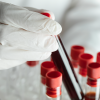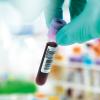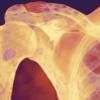As at any other time in life, examination of a blood film in a neonate can be very informative. It is important that films are interpreted in the context of the clinical details and the blood count. It is also necessary to consider the period of gestation of the neonate at birth, since what is normal differs in term and preterm babies, particularly for those born before 28 weeks’ gestation.

What is normal?
In comparison with infancy and later in childhood, the blood count of a neonate shows a higher red cell count (RBC), haemoglobin concentration (Hb), haematocrit (Hct), mean cell volume (MCV) and mean cell haemoglobin (MCH). As a result, a blood film may appear “packed”. The erythrocytes will be notably larger than those of infants, children and adults but they should not be described as “macrocytic” if they are of normal size for a neonate. In preterm neonates the Hb and Hct are slightly lower and the MCV and MCH are higher than in term neonates. Nucleated red blood cells (NRBC) may be present, these being more numerous in preterm neonates (of the order of up to 25/100 white cell count (WBC) in comparison with up to 5/100 WBC). In the first month of life the Hb, Hct, MCV and MCH fall while NRBC disappear from the peripheral blood in healthy neonates in the first postnatal week.
In addition to greater erythrocyte size, the neonatal blood film may show other erythrocyte features that would be abnormal at other stages of life, specifically the presence of echinocytes (more numerous if preterm) and fragments (schistocytes). Features of hyposplenism may be present, particularly in preterm neonates.
In addition to the red cell features, the neonate often has a higher WBC, neutrophil count, monocyte count and lymphocyte count in comparison with later in life. Low numbers of blast cells may be present (less than 5% at term, slightly higher earlier in gestation). Granulocyte precursors may be present in preterm neonates.
The platelet count reaches adult levels (≥150 × 109/L) by the end of the second trimester.
What can we learn from microscopy?
Diagnosis of some haematological conditions peculiar to the neonatal period is aided by microscopy, for example haemolytic disease of the newborn (HDN, alloimmune haemolytic anaemia), in which spherocytes and polychromasia are seen, and alloimmune thrombocytopenia, when a low platelet count without other features is apparent. Spherocytosis is more prominent in ABO HDN than Rh HDN. The presence of neonatal jaundice is an indication for a blood count and film and in hydrops fetalis these investigations are obligatory. The diagnosis of hereditary elliptocytosis is readily apparent on blood film examination but it should be noted that in some neonates with this condition there is very striking poikilocytosis, so that there can be confusion with hereditary pyropoikilocytosis; genetic testing and follow up over the first few months of life permits the distinction to be made. The diagnosis of infantile pyknocytosis can be made only with the aid of a blood film, which shows “pyknocytes” – irregularly contracted, spiculated cells. Southeast Asian ovalocytosis, which at other times of life is asymptomatic, can cause anaemia in the neonate with typical blood film features of stomatocytes and oval macrocytes. In microangiopathic haemolytic anaemias, schistocytes are more frequent then in healthy neonates and there may also be thrombocytopenia; however, it is important to be aware that schistocytes are not infrequent in healthy neonates and their presence should not be overinterpreted. The effects of twin-to-twin transfusion will be apparent from the disparity in blood count findings between twins; the blood film does not give much information but the red cells of the polycythaemic twin may show hypochromia and in the anaemic twin the expected response to anaemia is seen. Red cell aplasia from intrauterine parvovirus B19 infection shows anaemia without polychromasia or increased NRBC.
The blood film is of critical importance in the diagnosis of transient abnormal myelopoiesis of Down syndrome, which is a multilineage disorder but often shows predominantly megakaryoblasts. Rarely a neonatal blood film shows the features of acute myeloid leukaemia, most often associated with KMT2A rearrangement, t(8;16)(p11.21;p13.3)/KAT6A::CREBBP or t(1;22)(p13.3;q13.1)/RBM15::MRTFA. A distinctive feature of AML associated with t(8;16) is that spontaneous remission can occur in neonatal cases. Acute lymphoblastic and mixed phenotype acute leukaemia can also present in the neonate.
Non-haematological conditions peculiar to fetal and neonatal life produce haematological changes. For example, the number of NRBC is increased if there has been chronic intrauterine hypoxia and also if there is acute perinatal hypoxia. Perinatal hypoxia can also cause an increased WBC with a leucoerythroblastic blood film and toxic granulation. Maternal chorioamnionitis typically causes marked neutrophilia, left shift and toxic granulation even though the neonate itself is not infected. As at other times of life, neonatal infection can lead to leucocytosis, neutrophilia, left shift and toxic granulation, changes that are sometimes difficult to distinguish from the effects of hypoxia or maternal chorioamnionitis. It should also be noted that acute bacterial infection in a neonate can lead to neutropenia. Neonatal viral infections are likely to lead to reactive lymphocytes but it should be noted that in healthy neonates lymphocytes are more pleomorphic than later in life.
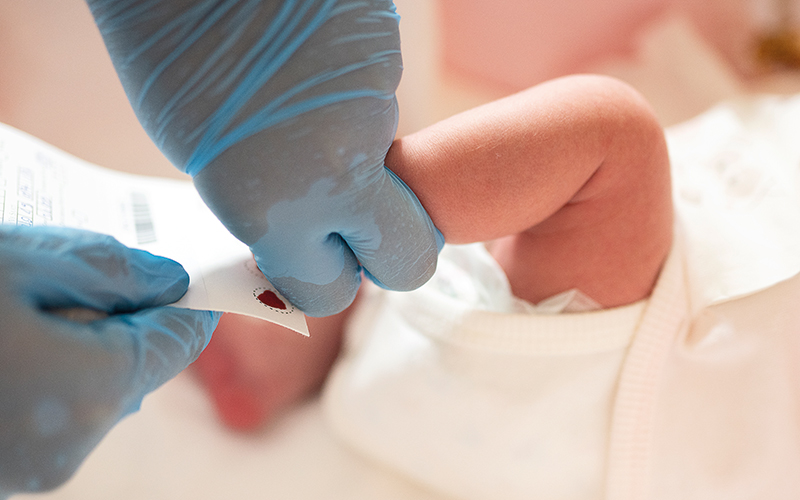
In addition to what has been discussed here, there are many rare inherited and acquired disorders that have haematological manifestations apparent in the blood count and film of neonates. Review of family history and parental blood counts and film can be an important supplement to an assessment of the neonatal findings.
Conclusion
By careful examination of a blood film, the haematologist and biomedical scientist can make a major contribution to neonatal care. A great deal of information can be gleaned from a single drop of blood – something of particular importance in neonates where blood letting may be difficult and has to be kept to a minimum.
Barbara J Bain is Professor of Diagnostic Haematology at Imperial College London and a consultant at St Mary’s Hospital, London. Irene Roberts is Professor of Paediatric Haematology at the Weatherall Institute of Molecular Medicine at the University of Oxford.
Neonatal Haematology:
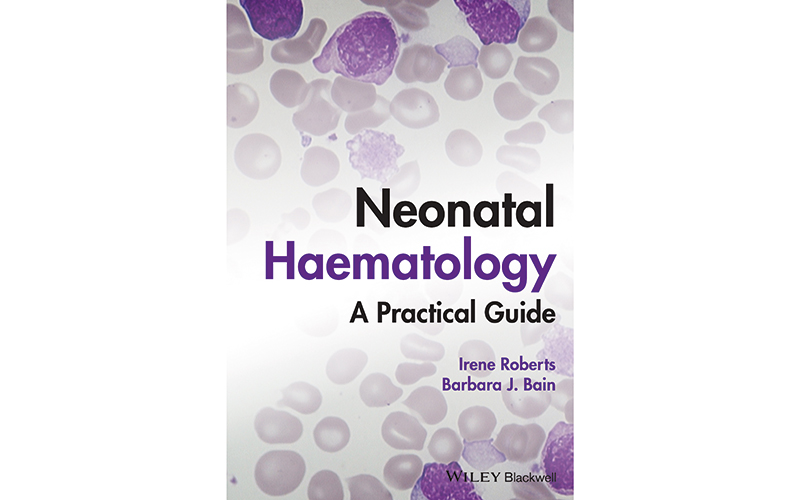
A Practical Guide
This unique handbook by Professor Irene Roberts and Professor Barbara J Bain was published in August. It contains comprehensive coverage of neonatal haematology and aids diagnosis via high-quality images, diagnostic algorithms, case studies and tables. With illustrations accompanying the diagnosis at each stage and clear explanations provided throughout, the book is ideal for trainees and experts alike. The text is comprehensive and fully supported by references.
IBMS members are able to get a 20% discount when purchasing the book through the website wiley.com by using the promo code “MED20”.
Image credit | iStock


